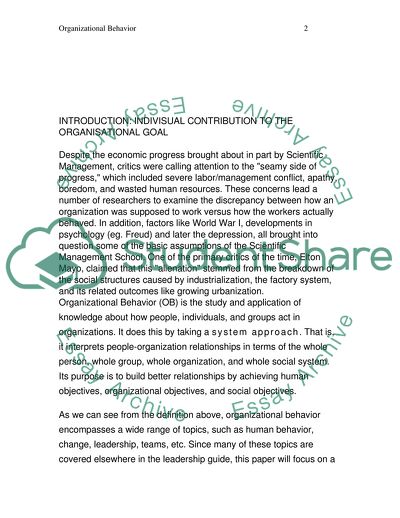Cite this document
(Personality and Individual Differences Assignment - 4, n.d.)
Personality and Individual Differences Assignment - 4. Retrieved from https://studentshare.org/human-resources/1711175-organisational-behaviour
Personality and Individual Differences Assignment - 4. Retrieved from https://studentshare.org/human-resources/1711175-organisational-behaviour
(Personality and Individual Differences Assignment - 4)
Personality and Individual Differences Assignment - 4. https://studentshare.org/human-resources/1711175-organisational-behaviour.
Personality and Individual Differences Assignment - 4. https://studentshare.org/human-resources/1711175-organisational-behaviour.
“Personality and Individual Differences Assignment - 4”, n.d. https://studentshare.org/human-resources/1711175-organisational-behaviour.


